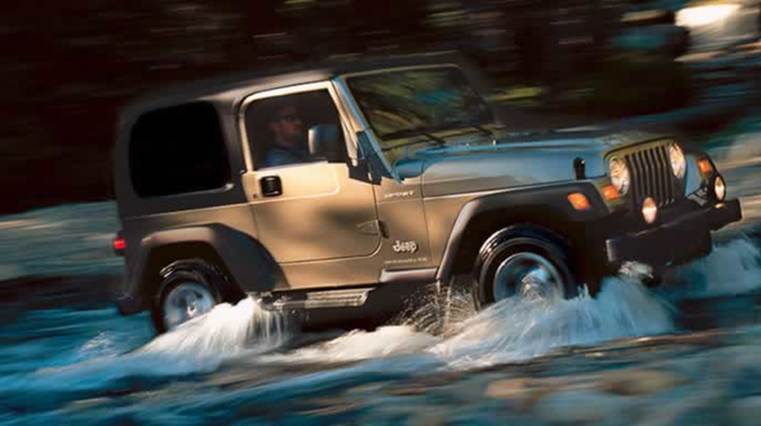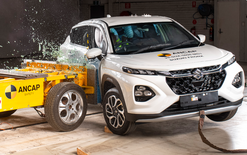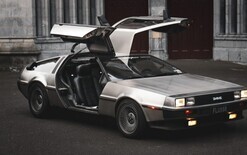IMVIA advice on MC vehicles

The Imported Motor Vehicle Industry Association’s (IMVIA) lawyers have just delivered their opinion on the interpretation of the definition of an MC Class vehicle. As Autofile reported last month, IMVIA sought the interpretation in order to provide greater clarity for used vehicle importers following the March 1 introduction of the rule requiring all MC Class passenger vehicles be equipped with Electronic Stability Control (ESC) as a pre-requisite for import clearance. The opinion of the IMVIA lawyers is that in order to be an MC vehicle, it must satisfy the following: (a) Be a passenger vehicle. (b) Be designed with special features for off-road operation, which must include at least true 4WD with locking differential and high-low gearbox. (c) Have not more than nine seating positions (including the driver's seating position). (d) Have four-wheel drive. (e) Satisfy the requirements of part (b) of the definition. The information has been provided to the New Zealand Transport Agency, where their policy section is currently studying the opinion. IMVIA chief executive David Vinsen said: “We believe that NZTA's interpretation of the Class MC definition is incorrect. “We have a legal opinion which we have now provided to NZTA and are hopeful and confident there will be a realistic interpretation, going back to what this Class MC was originally designed for – which is true 4WD vehicles and not soft roaders. “We have conducted extensive research to inform this legal opinion, which we have now shared with the industry.” Read the full opinion here.





